Small ship cruise Panama Canal offers close-up lock views, wildlife, and personalized adventures for an unforgettable journey.
A small ship cruise Panama Canal gives travelers an up-close lock transit experience, intimate wildlife viewing, and flexible 7–14 day itineraries that avoid crowds while offering personal service and unique stops.
Small Ship Cruise Panama Canal: Intimate & Unforgettable Adventure
Ever wondered what it feels like to glide through one of the world’s greatest engineering marvels—without being lost in a sea of thousands of passengers? A small ship cruise through the Panama Canal is exactly that. It’s intimate, flexible, and packed with wildlife encounters, history, and cultural charm.
If you want less crowds, more connection, and a front-row seat to the famous locks, this journey is for you.
Why Choose A Small Ship Cruise? 🚢
Large cruise ships are exciting, but small ships give you a whole new kind of magic.
- You’ll be close to the action—standing at the rail as locks fill and gates swing open.
- The crew knows your name, and fellow passengers quickly become friends.
- You’ll dock at smaller ports that big ships can’t reach.
Small ships trade casinos and giant theaters for quiet decks, wildlife talks, and flexible excursions. For travelers who value connection over crowds, it’s the perfect fit.
What Makes A Panama Canal Small Ship Cruise Unique? 🌎
Small ship cruises focus on experiences, not just transportation. Instead of simply sailing through, you’ll:
- Explore the entire canal or a partial passage.
- Visit hidden beaches, tiny islands, and rainforest trails.
- Join guided excursions in small groups where everyone participates.
You won’t just see the Panama Canal—you’ll experience it from angles the mega-ships simply can’t offer.
Full Transit Vs Partial Transit ⚖️
One of the biggest decisions you’ll make is choosing a full transit or partial transit.
- Full Transit:
- Crosses the entire canal from one ocean to the other.
- Takes 8–10 hours.
- A once-in-a-lifetime experience that shows the complete engineering masterpiece.
- Partial Transit:
- Covers only part of the canal.
- Usually focuses on the locks and Gatun Lake.
- Leaves more time for coastal exploration.
👉 If you’re short on time, partial works. But if this is your dream trip? Go for the full transit.
How Long Does A Transit Take? ⏱️
- Full Transit: Around 8–10 hours.
- Partial Transit: 3–5 hours depending on the route.
During that time, you’ll see:
- Lock gates opening and closing.
- Tugboats guiding ships.
- The dramatic rise and fall of vessels in massive chambers.
Watching it all unfold feels like stepping back into history—slow, steady, and absolutely fascinating.
Best Time To Cruise The Panama Canal 🌤️
Panama’s tropical weather means warm temps year-round, but there are better times to go.
- Dry Season (Dec–Apr): Most popular, sunny skies, less rain.
- Shoulder Season (May, Nov): Fewer crowds, still good conditions.
- Rainy Season (Jun–Oct): Lush landscapes, but expect showers.
👉 If you want the clearest skies, go in the dry season. If you prefer fewer tourists, shoulder months may be perfect.
Typical Itineraries And Lengths 📅
Most small ship Panama cruises run 7–14 days.
- 7–9 Days: Partial transit plus coastal adventures.
- 10–14 Days: Full transit plus extended island and rainforest stops.
- Combination Cruises: Canal transit + Costa Rica or Caribbean routes.
Here’s a quick look:
| Itinerary | Length | Highlights |
| Partial Transit + Coasts | 7–9 Days | Locks, nearby islands, beaches |
| Full Transit Experience | 10–14 Days | Entire canal, Gatun Lake, city tours |
| Canal + Costa Rica | 10–14 Days | Canal + rainforest hikes, wildlife |
What To Expect Onboard 🛋️
Forget shopping malls and water slides—life onboard is all about simplicity and connection.
- Meals are served family-style or in small dining rooms.
- Naturalist guides host evening talks about local wildlife.
- Observation decks become your second home.
Cabins are cozy and functional. The real luxury is in the views outside your window.
Wildlife And Nature Highlights 🐒
The Panama Canal zone is a haven for wildlife lovers.
- Monkeys swing through the jungle canopy.
- Sloths move lazily on tree branches.
- Exotic birds like toucans and parrots add splashes of color.
Small ships stop at ports that bring you closer to these habitats. Kayaking, hiking, and snorkeling excursions add to the adventure. 🌿🦜
Ports Of Call To Explore 🏝️
Beyond the locks, you’ll visit vibrant and diverse destinations.
- Panama City: Historic old town and modern skyline.
- Bocas del Toro: Caribbean vibes, snorkeling, and coral reefs.
- Costa Rica stops: Rainforest hikes, coffee plantations, and wildlife tours.
These aren’t quick photo ops—you’ll have time to really soak in the culture and scenery.
Small Ship Advantages Over Big Ships ✅
Let’s break it down.
Big Ships:
- More amenities (theaters, casinos).
- Thousands of passengers.
- Limited port access.
Small Ships:
- Personal service.
- Access to smaller ports.
- Intimate group excursions.
- No long lines or crowds.
👉 If you’re after luxury glitz, go big. If you’re after connection and adventure, go small.
Cabin Types And Comfort Levels 🛏️
Cabins range from simple staterooms to premium suites.
- Standard Cabins: Compact, with private bath and ocean views.
- Deluxe Cabins: Extra space, larger windows.
- Suites: Balconies, lounge areas, added comfort.
Remember, the ship’s focus is outside experiences. You’ll likely spend more time on deck than in your room.
Practical Tips For Packing Light 🎒
You don’t need much, but you do need smart packing.
- Quick-dry clothes for humid weather.
- A rain jacket for surprise showers.
- Hiking shoes + sandals.
- Binoculars for wildlife spotting.
- Reef-safe sunscreen and insect repellent.
Here’s a handy table:
| Item | Why It Matters |
| Rain Jacket | Sudden tropical showers |
| Quick-Dry Clothing | Hot, humid days |
| Hiking Shoes | Jungle and island excursions |
| Binoculars | Bird and monkey spotting |
| Daypack | Carry water, snacks, camera |
Cost Range And Budgeting 💵
A small ship Panama Canal cruise usually runs $3,000–$5,000 per person. Luxury cabins can cost more.
Budget for extras like:
- Flights to Panama.
- Excursions not included in your fare.
- Crew gratuities.
- Travel insurance.
👉 Check what’s included. Some lines include excursions, drinks, and gear; others charge separately.
Health, Safety, And Accessibility 🩺
Small ships are safe, but plan ahead.
- Motion sickness meds help on wavy days.
- Bring all prescriptions in original bottles.
- Travel insurance with evacuation coverage is wise.
If you need wheelchair access, check cabin layouts before booking. Some ships are more accessible than others.
| Safety Tip | Why It Helps |
| Travel Insurance | Covers emergencies |
| Prescriptions | Prevents refill issues |
| Motion Sickness Meds | Smooths the ride |
Booking Tips And How To Save 🧾
Want the best deal? Keep these tips in mind:
- Book early for the best cabins.
- Look for shoulder-season discounts.
- Check last-minute deals if you’re flexible.
- Use specialist travel agents who know small ships.
Sometimes paying a little more upfront saves money later if excursions and extras are bundled in.
How The Locks Work And What You’ll See 🛠️
The Panama Canal works by raising and lowering ships with giant locks.
- Ships are lifted 85 feet to cross Gatun Lake.
- Each lock chamber fills with water to raise vessels.
- The process is slow, steady, and mesmerizing.
Standing on a small ship deck, you’re close enough to watch the water surge and gates move with precision.
Sustainable Travel Tips 🌱
Cruising can be eco-friendly when done right.
- Pick cruise lines that limit plastics.
- Use reef-safe sunscreen.
- Respect local wildlife—no feeding or loud noise.
- Support local communities by buying handmade goods.
Your choices matter. Travel responsibly and help keep Panama’s ecosystems healthy.
How Long Does A Full Panama Canal Transit Take? ⏱️
A full Panama Canal transit takes about 8–10 hours from the Pacific to the Atlantic (or vice versa). The journey isn’t rushed—it’s a slow, fascinating process where you watch every lock chamber in action.
Here’s what happens during the day:
- Enter Miraflores Locks on the Pacific side.
- Pass through Pedro Miguel Locks.
- Cross Gatun Lake, a massive man-made waterway.
- Descend through the Gatun Locks into the Atlantic.
👉 On a small ship, you’ll have front-row views without pushing through crowds. It feels less like a commute and more like a live theater performance.
Small Ship Panama Canal Cruise Itinerary ✨ (UnCruise & Lindblad)
Two popular operators for small ship cruises are UnCruise Adventures and Lindblad Expeditions. Both are known for active, immersive itineraries.
- UnCruise Adventures:
- Focuses on wildlife and outdoor adventure.
- Includes kayaking, hiking, snorkeling, and village visits.
- Itineraries often combine Panama with Costa Rica.
- Lindblad Expeditions:
- Partners with National Geographic.
- Emphasizes naturalist guides and expert talks.
- Features photography workshops and deeper cultural exploration.
Typical Itinerary Highlights:
- Panama City tours and cultural visits.
- Full or partial canal transit.
- Stops in Bocas del Toro and Coiba National Park.
- Rainforest excursions in Costa Rica.
👉 Both companies run ships under 100 passengers, meaning you get personalized attention and flexible daily schedules.
Panama Canal Locks Overview: Gatun, Miraflores, Pedro Miguel 🛠️
The Panama Canal Authority manages the locks, and each one plays a special role in lifting and lowering ships.
- Miraflores Locks (Pacific side): Two chambers, close to Panama City. Known for dramatic height differences depending on tides.
- Pedro Miguel Locks: A single chamber lock that lifts ships into Gatun Lake. Smaller but still impressive.
- Gatun Locks (Atlantic side): Three chambers that lower vessels back to sea level, completing the transit.
Watching the locks in action is like seeing giant water elevators at work. The precision and power are incredible. On a small ship, you’ll be eye-level with the lock gates, giving you unmatched perspective.
Best Time To Cruise The Panama Canal 🌤️ (Weather Guide)
Panama has two main seasons, and both affect your cruise experience differently.
- Dry Season (Dec–Apr):
- Sunny skies and less rain.
- Best for hiking, wildlife spotting, and outdoor excursions.
- High season = higher prices and more travelers.
- Wet Season (May–Nov):
- Afternoon showers, but mornings are often clear.
- Lush green scenery and vibrant wildlife.
- Fewer crowds, more deals.
👉 If you want the most reliable weather, pick December–April. If you prefer lower prices and a more local vibe, consider the wet season.
| Season | Months | Pros | Cons |
| Dry Season | Dec–Apr | Clear skies, best excursions | Higher prices, more crowded |
| Wet Season | May–Nov | Lush landscapes, fewer tourists | Afternoon rain, humid |
Conclusion: Key Takeaways ✨
A small ship cruise Panama Canal offers what big ships can’t: intimacy, flexibility, and personal connection.
- Choose full transit for the complete experience or partial transit for flexibility.
- Expect wildlife, cultural stops, and cozy onboard life.
- Travel light, book early, and enjoy the up-close magic of this world wonder.
If you want to see the Panama Canal as more than just a passage, a small ship is your best ticket.
FAQs
How long does a Panama Canal small ship transit take?
A full transit takes 8–10 hours, while a partial passage may be 3–5 hours. Small ships often schedule activities during the crossing.
Can small ships cross the entire canal?
Yes. Many complete full transits from ocean to ocean, just like larger vessels. Check the itinerary for details.
What should I pack for a small ship Panama cruise?
Bring lightweight clothes, a rain jacket, sturdy shoes, sunscreen, and binoculars. Pack light, as cabins are compact.
When is the best season for a Panama Canal cruise?
December to April is the dry season with sunny skies. May and November offer fewer crowds, while June–October is wetter but lush.
Is a small ship Panama Canal cruise worth it?
Absolutely. It’s quieter, more personal, and gives access to ports and experiences big ships can’t provide. Perfect for adventure seekers.
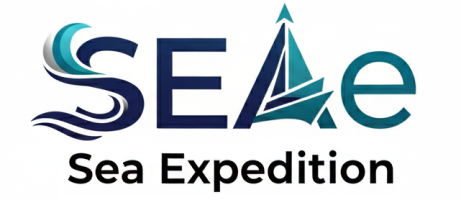
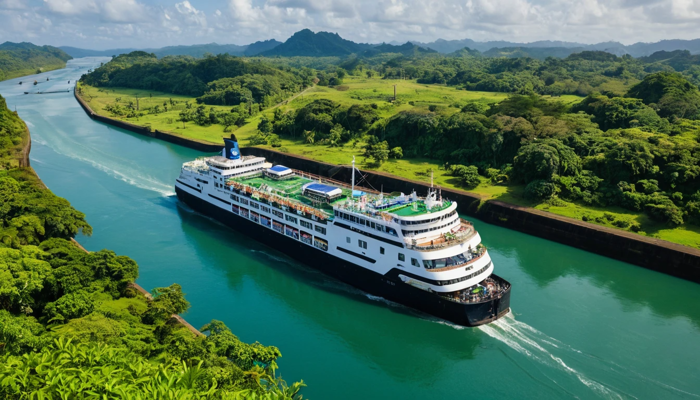

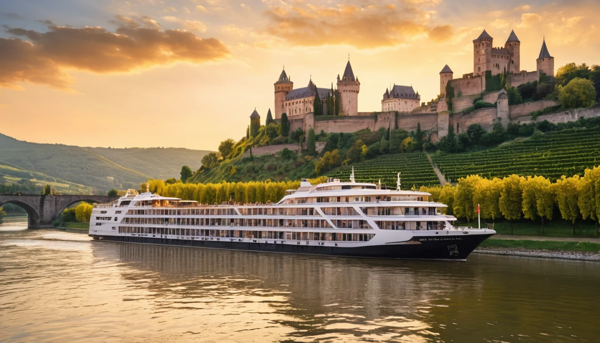
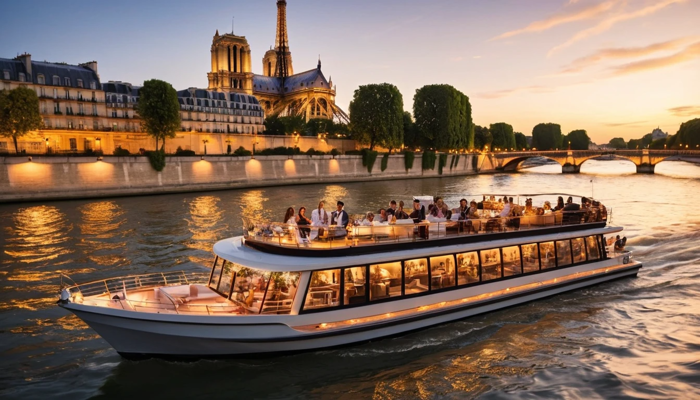
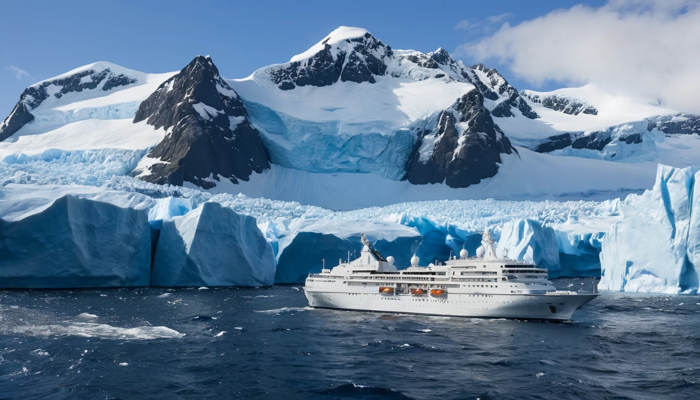
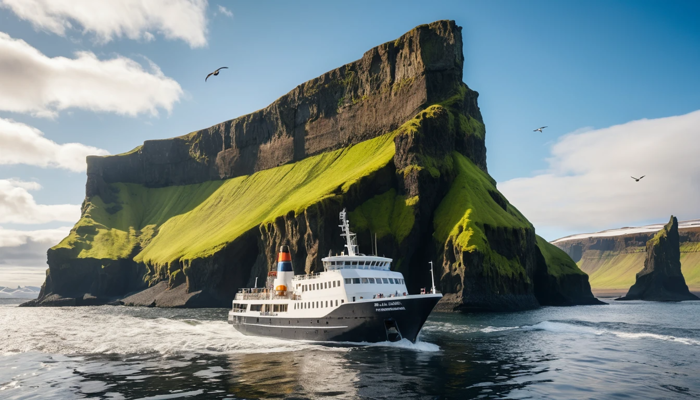
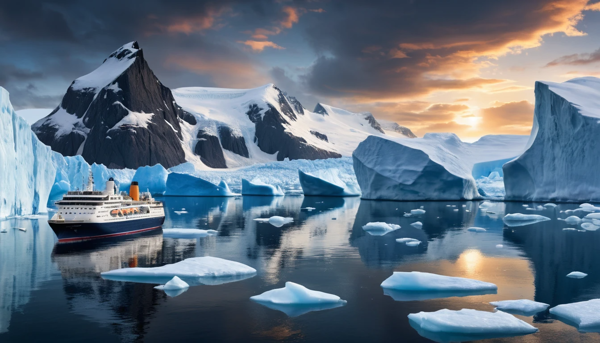
Leave a Reply